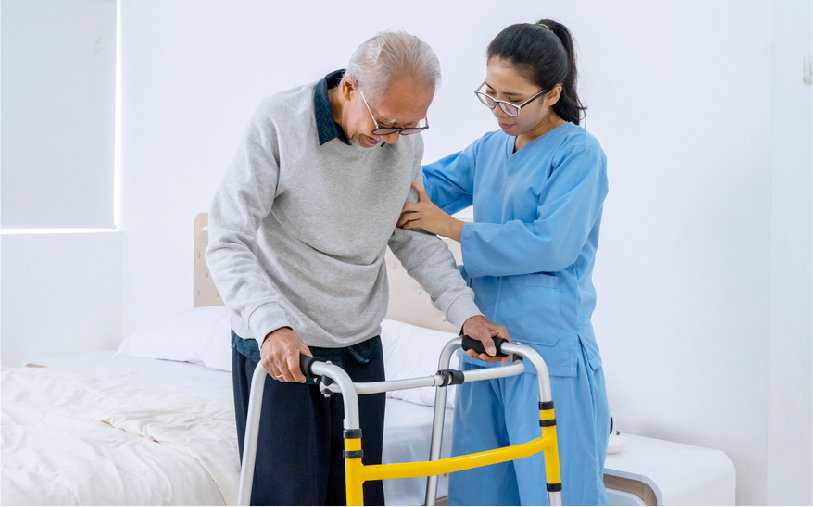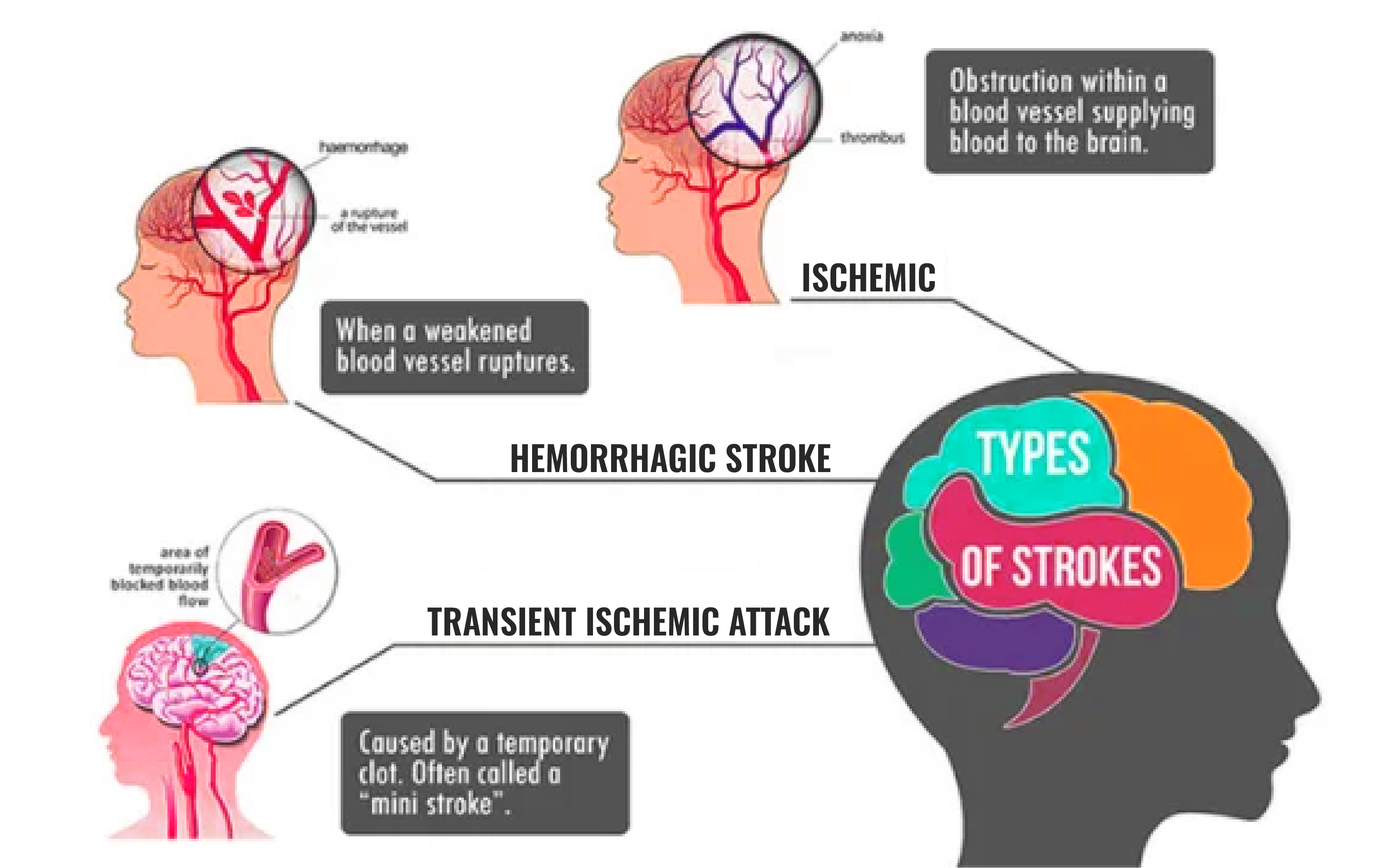
Replace "you could be feeling quite emotional" with "you may feel overwhelmed and uncertain about what lies ahead. Recovery, however, is probably your top priority. Every stroke is different. In a matter of days, some people might feel more like themselves, free from any long-term cognitive or physical problems. For others, however, healing or adaptation to any long-term consequences can take several months. So, how do you know what's going to happen next?
Pre-existing conditions, overall wellness, the nature and extent of the stroke, the time from the onset of symptoms to the start of treatment, and other factors can all affect the course of treatment and the recovery time following a stroke.
To help you prepare for what might lie ahead in the days and months to come, we've included a general stroke recovery timeline below, along with an explanation of some of the physical and cognitive difficulties that can accompany strokes.
Read Also: Effective Strategies for Stroke Recovery: A Guide For Bangalore Residents
 What is Stroke?
What is Stroke?A stroke occurs when brain cells die due to bleeding or lack of oxygen. The severity of damage depends on how quickly treatment begins and the area affected. The degree of disability resulting from this condition varies according to the extent of brain cell destruction, which is influenced by the quickness of emergency stroke therapy. As a result, stroke rehabilitation programs will also differ depending on the degree of brain damage and the affected brain circuits. In the long run, rehabilitation can improve stroke outcomes by restoring some degree of independence, even though it cannot eliminate brain damage.
Read Also: Stroke Recovery Exercises From A Rehabilitation Center In Hyderabad
Treatment for a stroke should be started as soon as possible because it is a medical emergency. You may wonder what happens in the days, weeks, and months following a stroke. Get a concept of the stroke recovery timeline so you know what to expect after you or a loved one has a stroke, even though everyone's recovery looks different.
You will probably be taken to the emergency room immediately if you have a stroke in order to stabilize your condition and identify the type of stroke you have. If ischaemic stroke is brought on by a blood clot, clot-busting medicine can help lessen long-term damage if you receive treatment quickly.
Acute treatment or intensive care may be necessary, depending on the severity of the stroke. Following treatment of the stroke's cause, it is critical to begin rehabilitation as soon as feasible. Nurses, physiatrists, neurologists, occupational and physical therapists, and speech-language pathologists make up the rehabilitation team. During the first day or two, treatment sessions may be scheduled as often as once every hour, and they meet regularly to discuss the condition of the patient.
Following a stroke, hospital stays often last five to seven days. The rehabilitation strategy will be determined by the stroke care team's assessment of the stroke's consequences throughout this time. The following are possible long-term effects of stroke, which differ from person to person based on the severity of the stroke and the part of the brain affected:
By helping a patient perform different actions, such as walking or brushing their hair, physical and occupational therapy can assist in identifying which parts of the brain are impaired. Speech-language therapy is crucial for people who have swallowing difficulties as a result of stroke or breathing tube side effects. While in the hospital, the patient may receive therapy up to six times a day, which aids in assessing the stroke's damage and accelerating recovery.
Patients will experience most improvement and recovery over the first three months following a stroke. Most patients will either advance in their outpatient therapy sessions or enrol in and finish an inpatient rehabilitation program during this time.
Restoring function to pre-stroke levels or establishing compensatory techniques to get around a functional impairment are the two main objectives of rehabilitation. Learning to hold a toothpaste tube so the strong hand can unscrew the cap is an example of a compensating approach.
In the first three months following a stroke, a patient may experience spontaneous recovery, which is the rapid return of a skill or talent that appeared to have been lost due to the stroke as the brain discovers new methods to execute daily tasks.
While improvements are possible even after six months but will occur at a slower pace. This is when the majority of individuals with strokes stabilize. For some individuals, this means a complete recovery. Whether a full recovery happens or not depends completely on factors like severity of the stroke, the time of initial treatment, and the type and intensity of rehabilitation. Following up with members of your care team is still essential, even if recovery slows down.
Read Also: Stroke Rehab: Understanding Its Importance
Numerous factors affect how a stroke is treated. The type of stroke a person gets is the most crucial component in deciding how they will be treated.
Read Also: What are the Early Symptoms of Stroke?
A stroke is a serious, sometimes fatal medical emergency since it is your brain's version of a heart attack. Furthermore, since strokes are time-sensitive, prompt treatment minimizes the risk of fatal or long-term effects. For those who have them or those around them, strokes can be alarming.
However, novel medications, technical advancements in imaging, and our growing understanding of the brain are making stroke therapy choices more and more available every day. It is crucial to get medical help right away if you or someone you are with exhibits the signs of a stroke. A stroke patient's chances of experiencing limited or even reversible effects increase with the speed at which they receive medical attention.
Explore stroke recovery time and effective treatments with Walk Again, India’s top neurorehabilitation center. Regain mobility and independence—book a consultation with our expert specialists today!
Q1: What is stroke recovery time?
A: Stroke recovery time refers to the period it takes for a person to regain lost abilities and return to daily life after experiencing a stroke. This varies widely depending on the severity of the stroke, the areas of the brain affected, and individual health factors.
Q2: Can full recovery from a stroke occur?
A: Yes, but this depends on factors like stroke severity, timely treatment, and individual response to rehabilitation. Some patients regain most of their abilities, while others may have long-term challenges.
Q3: How can I support a loved one recovering from a stroke?
A: Encourage adherence to therapy, offer emotional support, assist with lifestyle changes, and create a safe, stroke-friendly home environment.
Book an Appointment
Call Us09035030623